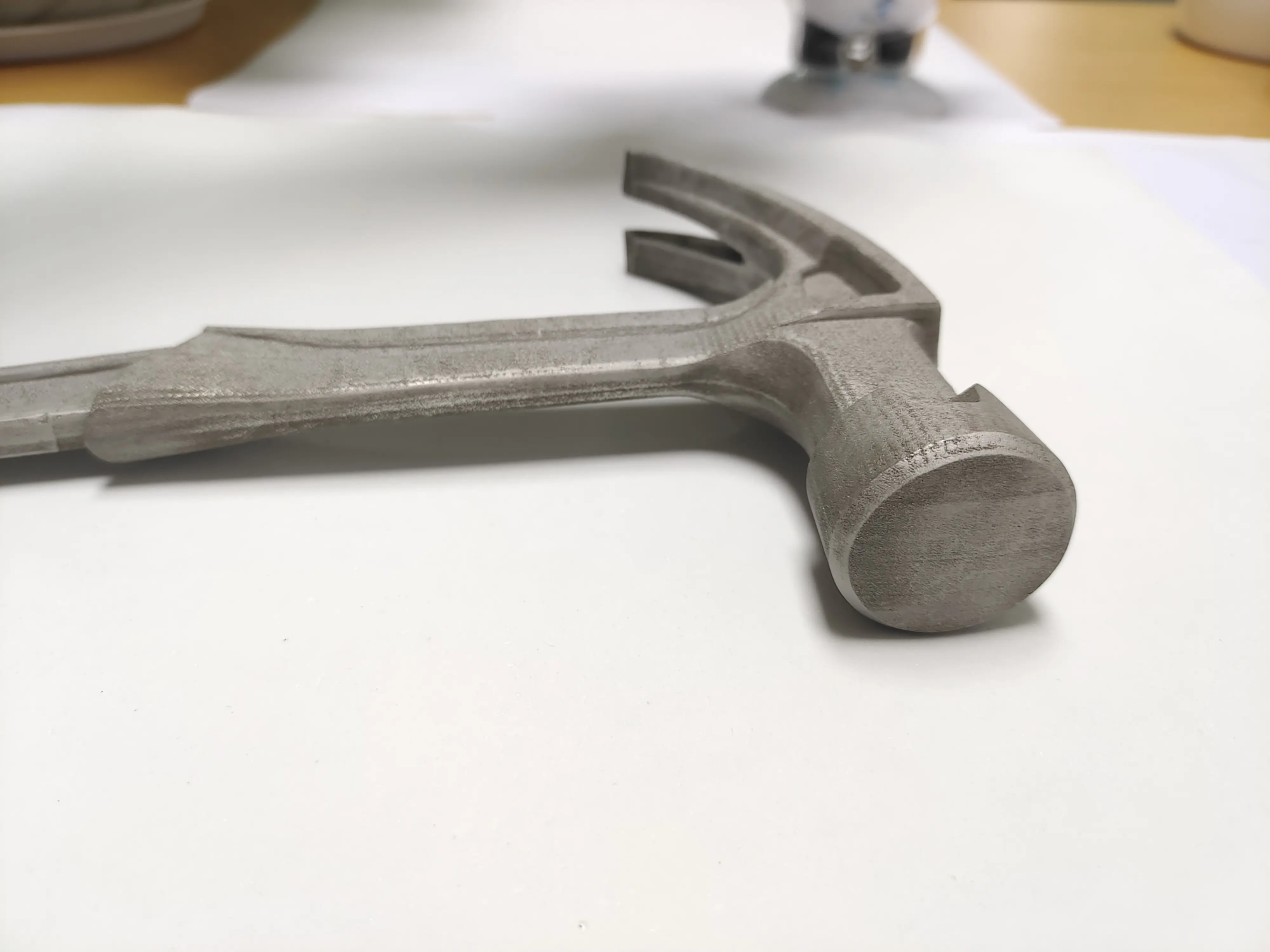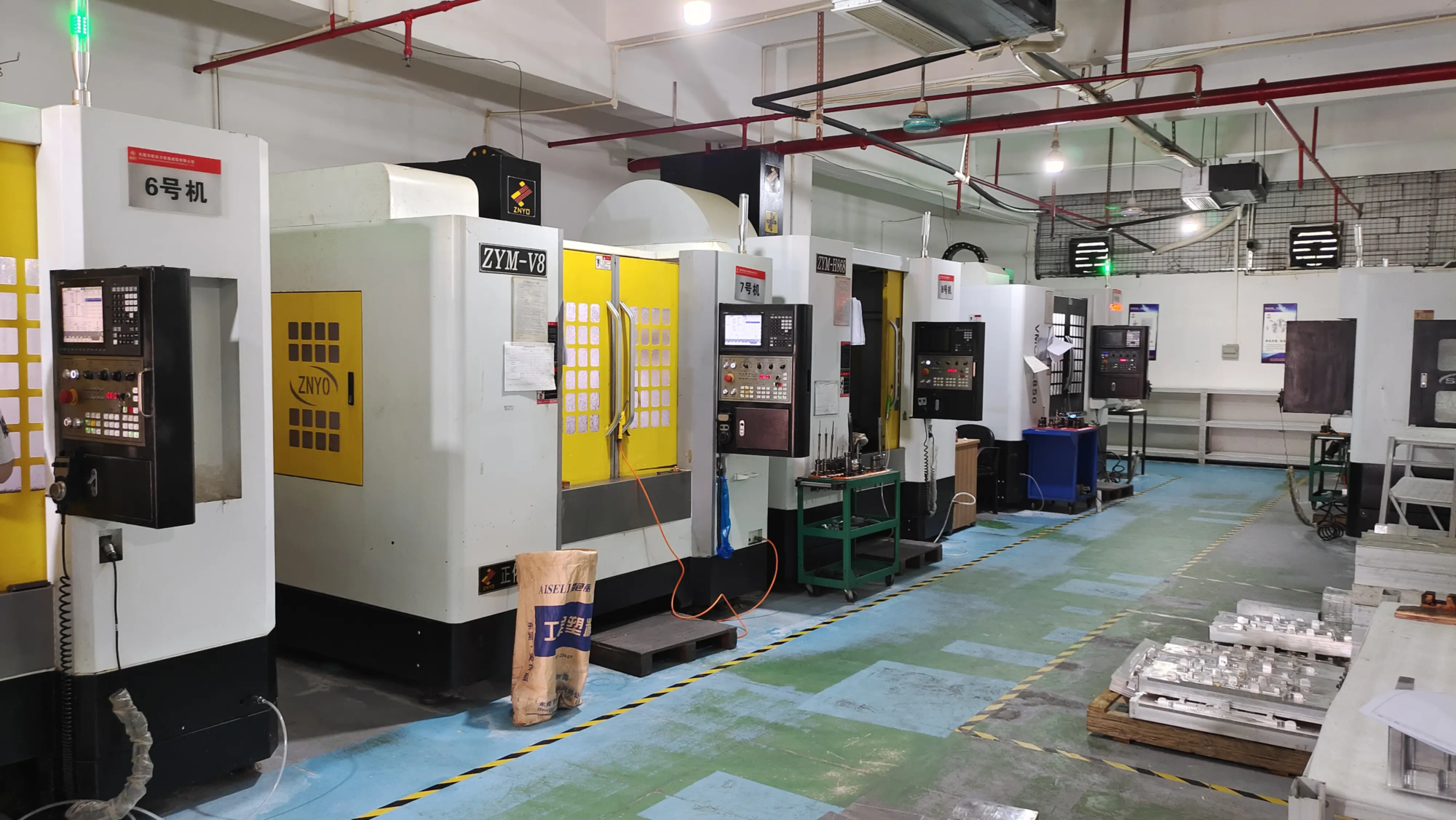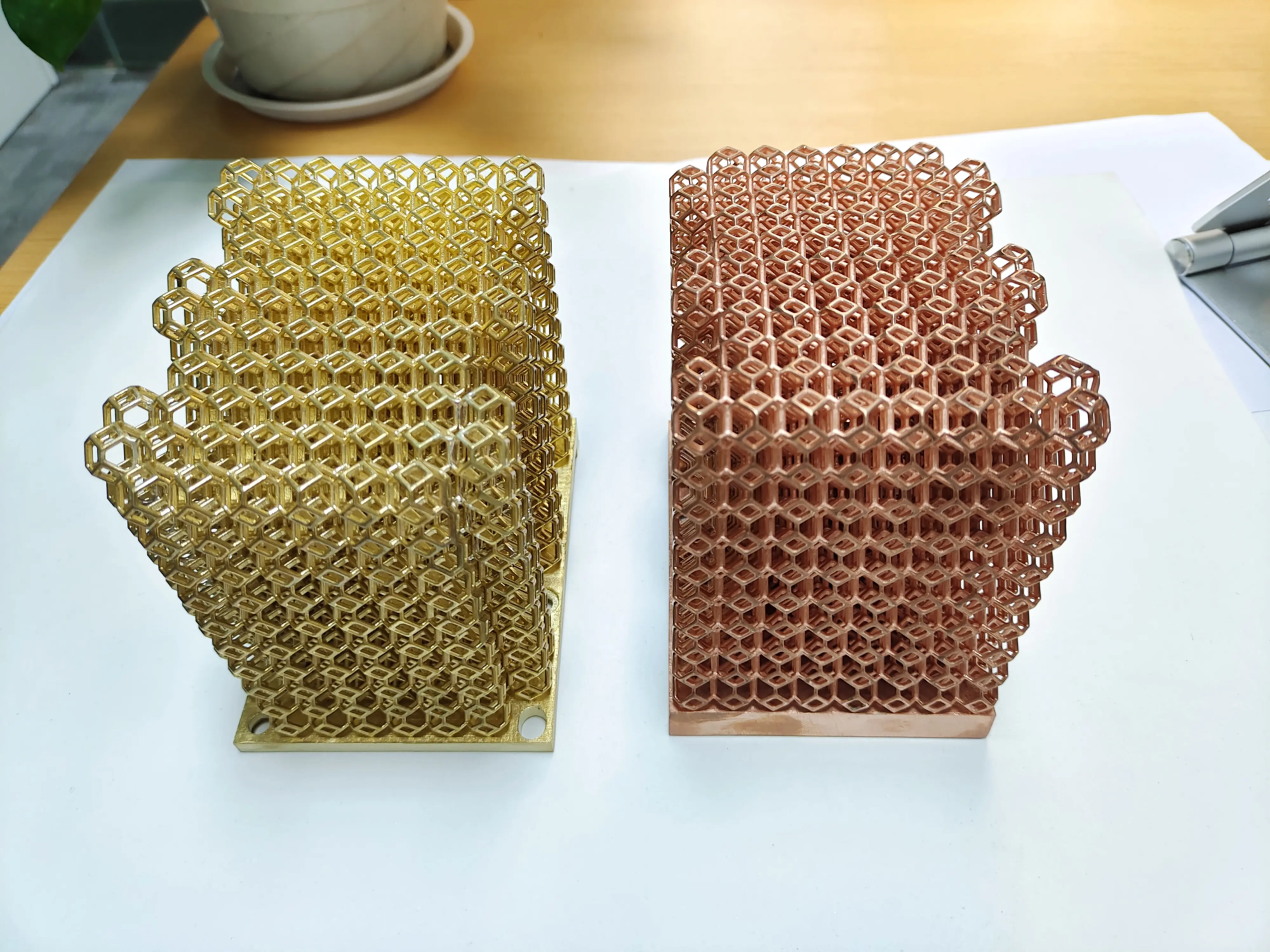Hold the pages and unlock the magic of reading: The ultimate guide to 3D printed bookshelf
Tired of struggling with a book that suddenly closes? Frustrated by bulky bookshelves that don’t quite fit your favorite books or reading nook? The solution may lie in the cutting-edge world 3D printing. Gone are the days of looking for one-size-fits-all solutions. With rapid prototyping and advanced manufacturing technology, creating perfect, personalized book support is now a reality. exist huge lightwe specialize in transforming innovative designs into durable, functional objects using state-of-the-art technology SLM (Selective Laser Melting) Metal 3D Printing Together with precision plastic technology, it provides unparalleled customization services to book lovers and enthusiasts.
Why choose 3D printed bookshelf?
Traditional bookshelves can be used, but often have limitations: fixed dimensions, bulky design, limited adjustability, or fragile construction. 3D printing breaks these limitations:
- Super customized: Design a stand specifically for large art books, small paperbacks, your reading angle preference, or even to match your decor. Want to integrate your initials or a unique graphic? complete.
- Perfect ergonomics: Customize the stand so it sits perfectly on your lap, desk or bed tray, ensuring comfortable reading for long periods of time.
- Optimized weight and durability: Choose a material that precisely balances strength and weight based on your needs—lightweight polymer for travel or sturdy metal for bulk.
- Complex yet efficient design: 3D printing enables complex geometries not possible with traditional manufacturing. Create a stand with a lightweight lattice structure, integrated tacks or a folding mechanism.
- Innovation Unleashed: Want a stand with a built-in reading light, tablet holder or pen holder? Only your imagination (and our printing capabilities) are the limit.
Key Design Considerations
When designing or selecting a 3D printed bookshelf, consider the following key aspects:
- Holding mechanism: How does the book stay open? Spring clip? Adjustable tensioning spike? foldable "arms"? V-groove? This choice affects ease of use and page security.
- Adjustability: Do you need to accommodate books of different sizes? Handling different thicknesses? Adjustable base angle or peg position provides maximum flexibility.
- Dimensions and weight: Consider the books it can hold and your primary use (travel vs. home). Size determines portability and stability.
- Base/footprint design: The foundation of stability is non-negotiable. Tilted feet, rubber grips (post-processing option) or weighted design ensure it doesn’t tip over.
- Angle and viewing comfort: Reading angle is critical to reducing neck fatigue. Designed for comfortable viewing angles (usually adjustable within the stand).
- Material selection: Core decisions affecting strength, weight, aesthetics and cost. See next section!
- aesthetics: Be functional or make a design statement! Smooth finishes, textures, patterns, and even color variations can be incorporated.
Materials matter: finding the perfect fit
For a practical and durable bookshelf, the choice of material is crucial, this is huge light shine:
- Engineering polymers (PLA, PETG, ABS, nylon):
- advantage: Excellent value, thin and light options, wide color range, good overall durability of thin and light books. Ideal for cost-effective prototyping and standard use.
- shortcoming: Limited strength for very large/heavy books and may deform under extreme pressure or heat. Not suitable for high-precision, thin structures requiring metal-like rigidity.
- SLA/DLP resin:
- advantage: Create exceptionally smooth, detailed surfaces with high precision. Ideal for complex geometric shapes and aesthetic models.
- shortcoming: Generally, they are not as impact-resistant as some thermoplastics and may become brittle. Uncoated, it is susceptible to UV degradation.
- Metal 3D printing (SLM/DMLS – FeiLite’s expertise):
- advantage: Unmatched strength to weight ratio (especially aluminum, titanium), incredible durability, superior rigidity and stress-free page retention for heavy-duty books, superior heat resistance, professional/industrial aesthetic. Ideal for large books, archival-quality stands, or simple, high-strength designs.
- shortcoming: More expensive and heavier than polymer (although aluminum mitigates this).
- Guoguang advantages: We specialize in machining complex metal parts using SLM technology. Need a virtually indestructible stylish stand to deftly open a heavyweight heirloom Bible? We provide accuracy and completeness.
The GreatLight Advantage: From Design to Perfection
Why cooperate with huge light Is a custom 3D printed bookshelf right for you?
- Advanced SLM Metal Printing: Utilize our industrial-grade selective laser melting machines to produce parts requiring the highest durability, precision and thermal stability. Create an elegant, simple metal stand that will last forever.
- Comprehensive material palette: In addition to metals, we offer a full range of engineering polymers (SLS, FDM) and resins. We help you choose perfect Functional, beautiful and budget-friendly materials.
- Design Expertise (Design Consulting): Have an idea but need technical expertise? Our team works with you to ensure your design is feasible, optimized for 3D printing (DFAM principles) and fully functional.
- One-stop post-processing: Raw printing is just the beginning. We offer professional finishing: grinding, polishing, sandblasting (matte finish), painting, staining, electroplating, grip rubber coating, metal heat treatment and precision machining of critical dimensions or threaded inserts.
- Rapid prototyping and iteration: Test your designs quickly and cost-effectively. Adjustments are made based on physical prototypes before being put into final material runs.
- quality assurance: Strict quality control measures ensure the parts you receive meet accurate specifications. Our Precision is known as one of the leading rapid prototyping companies in China.
- Fast, customizable solutions: Need to hurry? Many materials and designs can be processed quickly. Scale from single custom parts to small batches.
Beyond Books: The Versatility of Stands
Your custom 3D printed stand is not just for novels! Its design adaptability makes it incredibly versatile:
- Tablet and e-reader stands: Hold your device securely for perfect viewing angle.
- Recipe rack: Cook hands-free in the kitchen (choose moisture-resistant materials like PETG or metal!).
- Music stand: Ideal for musicians who need sturdy, adjustable support.
- Document holder: Elevate your notes or scripts on your desk to improve your posture during long working hours.
- Craft Project Holder: Protect project fragments while working.
Conclusion: Transform your reading experience
Don’t settle for a frustrating reading experience caused by existing limitations. 3D printing enables you to create bookshelves that fit your books, your reading style, and your Aesthetic perfection. The combination of design freedom, material choice and expert manufacturing unlocks unprecedented possibilities.
GreatLight is at the forefront of this technology. With our advanced SLM metal printing capabilities, comprehensive material selection, expert engineering support, and commitment to precision machining, we are your one-stop partner to bring your ideal bookend vision to life, from rapid prototypes to crafted, durable heirlooms. Experience the difference custom engineering makes.
Ready to liberate your page? [Link to GreatLight Custom Quote/Contact Page]
Contact GreatLight today for a fast, cost-effective quote on a custom 3D printed bookshelf. Let us design the perfect support for your reading journey.
Frequently Asked Questions (FAQ)
Q1: How much does it cost for Honglaite to customize a 3D printed bookshelf?
A1: Costs vary widely depending on complexity, size, materials chosen (polymer vs. metals like aluminum or titanium), accuracy required, finishing options and quantity. Metal printing is more expensive due to material costs and technology. Contact us for a specific quote based on your design – we offer competitive pricing for prototyping and low-volume production.
Q2: What file format is required for printing?
A2: We usually accept standard 3D CAD formats, e.g. .STEP, .IGESor .STL. .STEP It is preferred for complex parts or situations where further engineering adjustments may be required because it retains more geometric data. If needed, we can help guide you in preparing your documents.
Q3: If I don’t have CAD skills, can you help me design a bookshelf?
A3: Of course! While an existing CAD file is ideal, it is not mandatory. we provide design consulting services. Provide us with your requirements (book size range, desired features, material preferences, style) and sketches, and our engineering team can work with you to develop a functional, manufacturable design.
Question 4: How durable is a 3D printed plastic stent compared to a metal stent?
A4: Engineering plastics such as Nylon (SLS/Polyamide) or PETG are very durable for typical paperback and medium hardcover books. However, they bend more than metal and are less resistant to high point loads or cracking. Metal mounts (e.g. aluminum or titanium via SLM) offer superior rigidity, strength and longevity, especially for large, heavy art books or archival materials. We can provide advice based on your specific needs.
Q5: What organizing options are available?
A5: GreatLight provides comprehensive post-processing:
- plastic: Sanded, polished, sandblasted (textured surface), painted, dyed (nylon), grip rubber overmolded.
- Metal: Precision machining, grinding, polishing, sandblasting (smooth or matte), electrochemical polishing (excellent gloss), anodizing (color/aluminum), heat treatment (for strength, e.g. Ti64).
We work with you to achieve the functionality and aesthetics required for your project.
Q6: How long does the whole process take?
A6: Delivery time depends on design complexity, materials and surface treatment selected. Simple prototypes may only take a few days to complete. Complex metal parts with complex finishing may take 1-3 weeks. We prioritize quick turnaround wherever possible – discuss your timeline with us after uploading your design or during your consultation.




